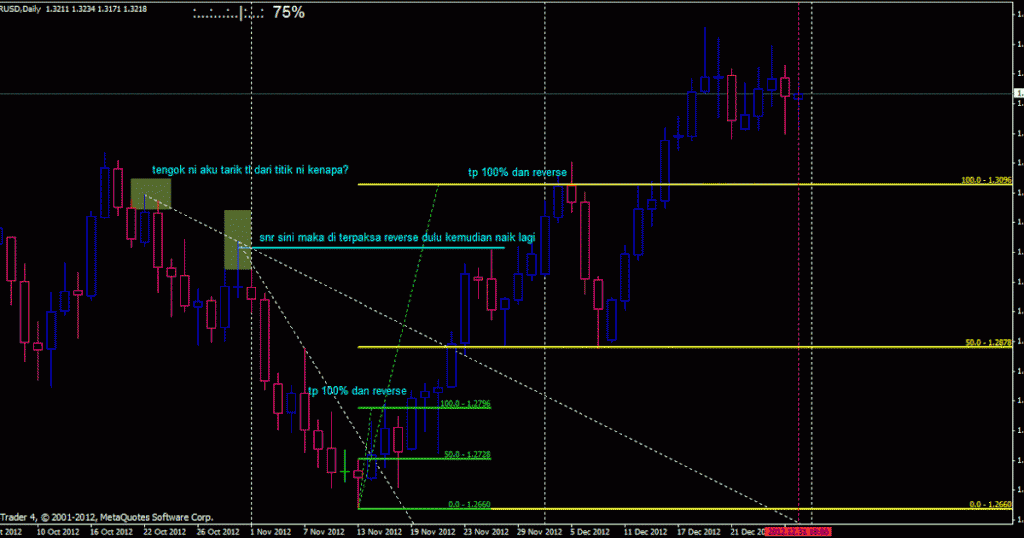The economic calendar is a fantastic tool to understand what is going on in the markets, but how do you take advantage of it to make more profitable trades? Here are 3 strategies you can use to make winning trades using the economic calendar.
Most traders understand how economic news affects nearly all the trading markets in one way or another. Using data released by the variety of government and private sources on the state of the local, national, and global economies empowers traders to make informed decisions.
However, many traders aren’t exactly sure how to transform their knowledge into making better profits on their positions. If you’re not familiar with the economic calendar or its functions, check out our informative guide. Fortunately, Techysquad clients get free access to a customization economic calendar.
Here are 3 proven strategies on using the Economic Calendar to make more money.
Trade the Most Liquid Markets with Non-Directional Bias:
The markets with the most liquidity are those that are traded the most often and with the most volume. The major indices like the Dow Jones, NASDAQ, S&P 500 are good examples, but also the major currency pairs like EUR/USD, GBP/USD, USD/JPY, USD/CAD, AUD/USD, and USD/CHF.
You’ll notice that all of these markets involve the U.S. dollar. The reason for this is that the U.S. dollar is the “reserve currency” for most of the world. The U.S. is also the largest economy in the world, but that isn’t the real point.
The key is that these markets have the tightest spreads typically. When news or reports are released that affect these markets, the reaction in the marketplace is more pronounced, which provides more possibilities to profit of the action.
Key data releases like U.S. unemployment, GDP, U.S. Federal Reserve (Central Bank) decisions, wars, disasters, etc. are going to adversely affect these markets most significantly in terms of movement outside their norms.
Fresh trends are often started on the release of news based on the economic calendar, even if these trends are only for a short period of time. Therefore, traders have an opportunity to grab a ride on the new trend and exit profitably shortly thereafter.
The key is keeping up to date on new economic data and news stories so that you are ready to go when the time comes and take advantage.
Straddling the Market
Straddling the market is another non-directional strategy that lets traders set up positions in certain markets ahead of time based on data that is to be released off the economic calendar.
In this situation, a trader looks at the time and date for key data to be released and then studies the charts of the affected assets to determine their typical trading price channels. The closer to the actual release of the news, the more accurate the price ranges will be.
Let’s review a fictional example of how this is done. The U.S. Federal Reserve is due to release its decision on whether to lower interest rates or not. Most people agree that they are going to actually lower them, but some people have questioned the reasoning behind such a decision.

We don’t know exactly what they will do and how the market will react. So, we look at which markets will be affected by such a decision. These would be USD currency pairs, the major U.S. indices, etc.
For our example, let’s look at the Dow Jones Industrial Average and see how we would set up our “straddle”. In this 15 minute chart, our 10 period EMA is staying in the range of 27932 and 27940.
With the current price at 27936.5 and our news about to be released, we would set our short term targets at the green lines (27932 and 27940). We set a Buy position at the upper end (27940) and a Sell position at the lower end (27932) and our Stop Loss point at 5% for Forex plays.
